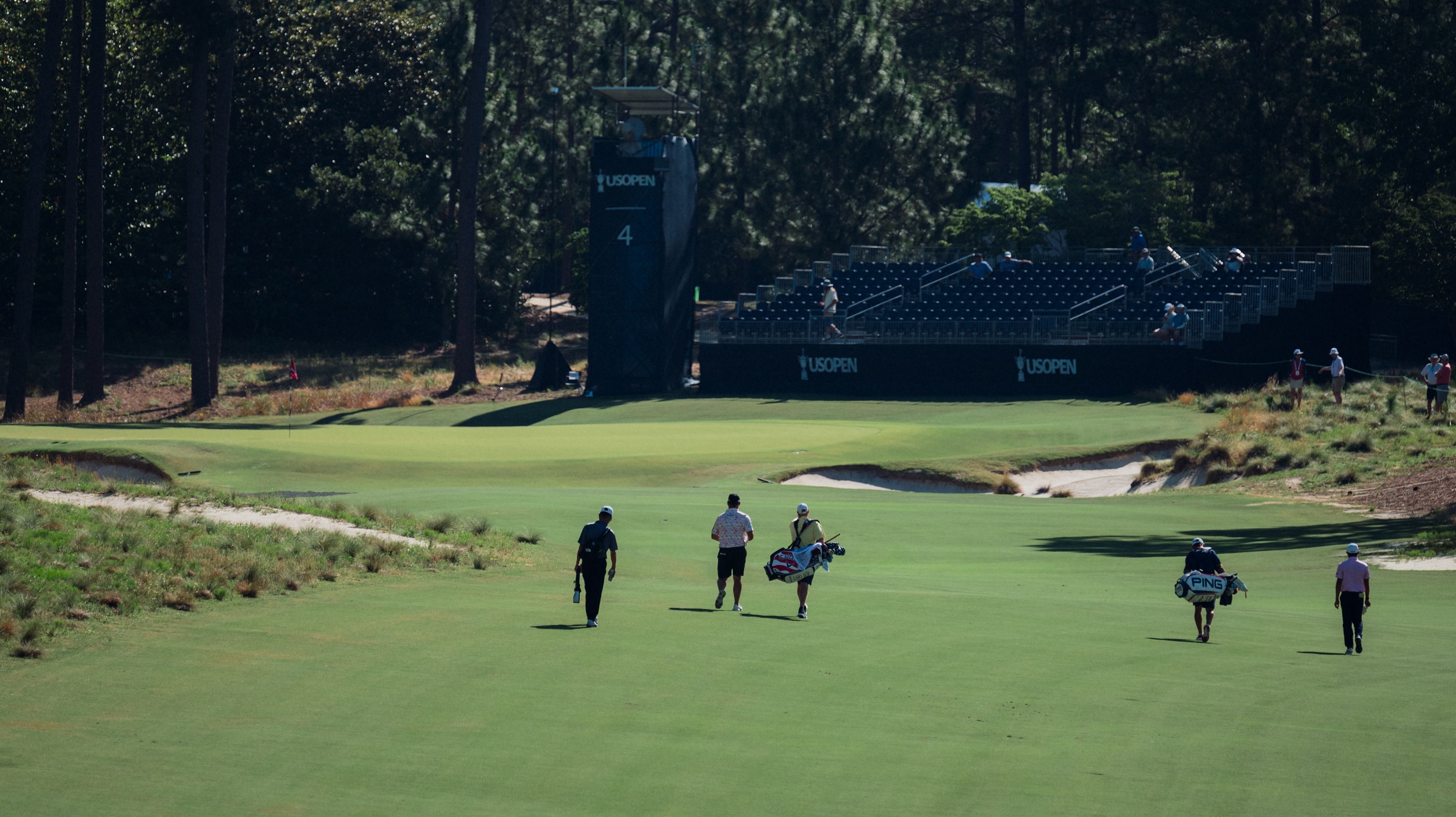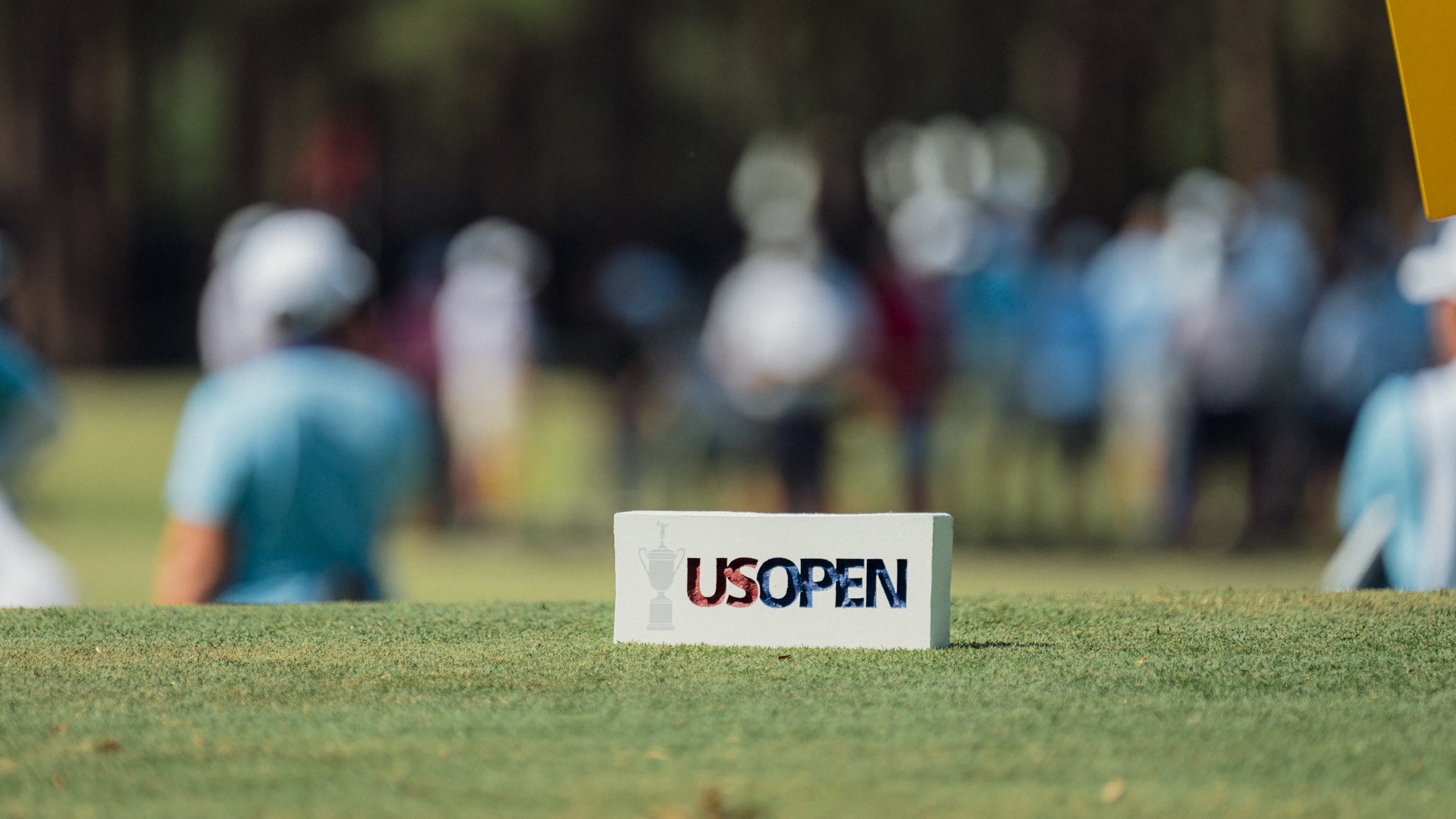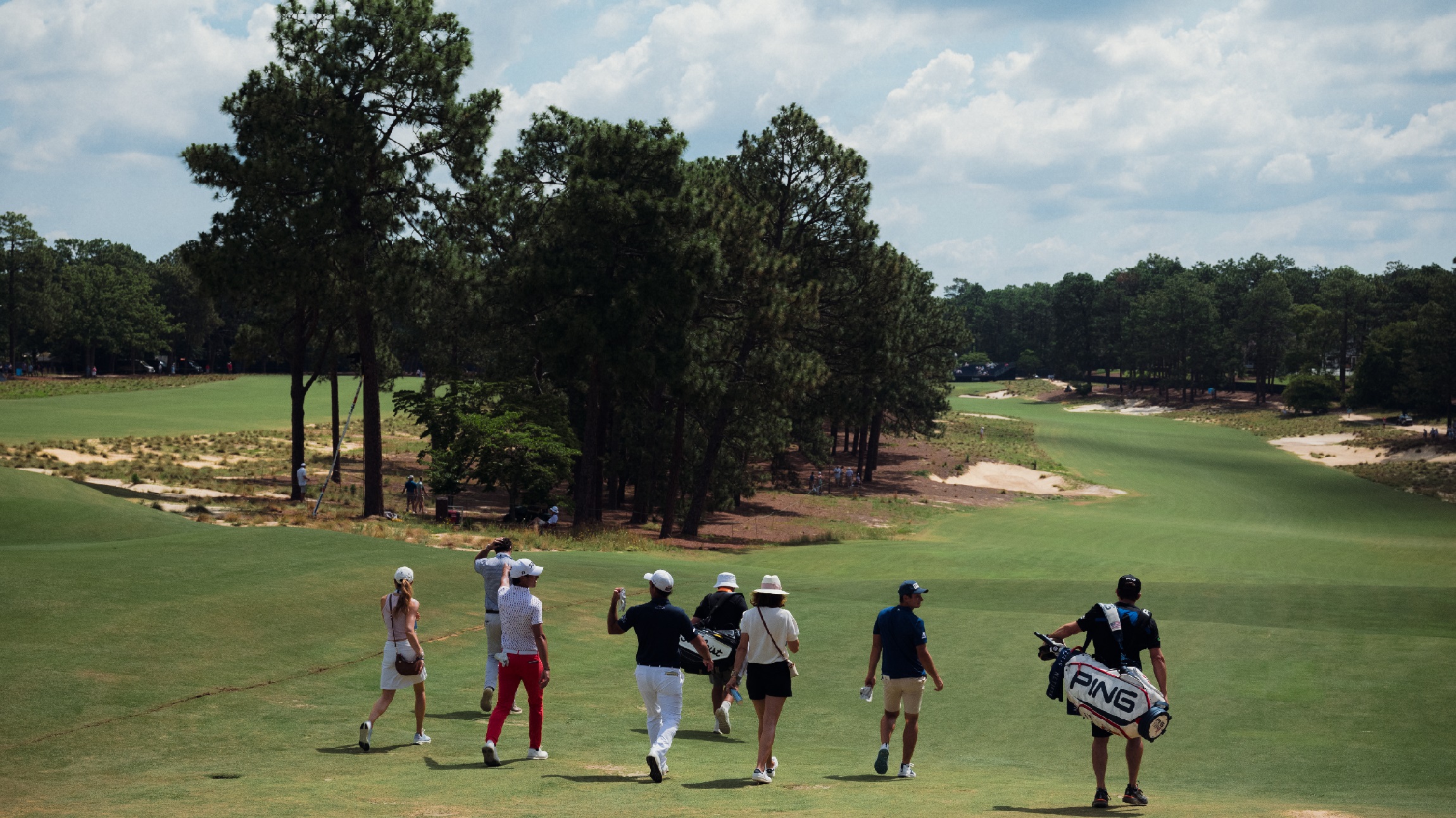Boy, did John Bodenhamer put on a clinic at the 2024 U.S. Open.
For four straight days, the USGA’s setup czar and his team rode the line between too difficult and too easy—a line that has grown smudgy in recent years under pressure from constant criticism. If the scoring average at Pinehurst No. 2 had been two strokes higher, the fair police, a group that includes most of the players, would have cried foul; if it had been two strokes lower, fans and journalists who crave carnage would have gone on the attack. This past week, though, neither side found much cause for unhappiness. The No. 2 course was tough but not savage. It was a strong, sensible test.
Bodenhamer has been searching for this sweet spot ever since taking over setup responsibilities after the controversial (but, to me, delightful) 2018 U.S. Open at Shinnecock Hills. He overcorrected in 2019 at Pebble Beach, resulting in a tournament that felt slightly too much like a Crosby Clambake, but at the 2020-2023 Opens—held at Winged Foot, Torrey Pines, The Country Club, and Los Angeles Country Club, respectively—he gradually zeroed in on a middle ground. No over-par winning scores, but none approaching -20, either.
This past week’s setup at Pinehurst No. 2 was the epitome of Bodenhamer’s new way. Given the advantage of warm and consistent weather, the USGA crew neither overplayed nor underplayed its hand. Greens were watered in the evening and double-cut in the morning. The course’s domed putting surfaces were never pushed to maximum ferocity, but stimpmeter readings hovered in the mid-13s—pretty darn quick.
This restrained yet stern approach allowed the architecture and the competition to occupy center stage, and both delivered.
-

Pinehurst No. 2 at the 2024 U.S. Open (Cameron Hurdus / Fried Egg Golf)
-

Pinehurst No. 2 at the 2024 U.S. Open (Cameron Hurdus / Fried Egg Golf)
-

Pinehurst No. 2 at the 2024 U.S. Open (Cameron Hurdus / Fried Egg Golf)
-

Pinehurst No. 2 at the 2024 U.S. Open (Cameron Hurdus / Fried Egg Golf)
Pinehurst No. 2’s superpower is its ability to generate varied, unpredictable outcomes for balls that travel off-line. Players can’t give any shot less than their full focus, or else they’ll find themselves in some kind of complicated mess. Viewers can’t take their eyes off of a drive that lands in a native area or an approach that doesn’t quite hold the meat of a green: they have to see what happens next. For those competing as well as those watching, No. 2 demands constant vigilance. It’s almost unpleasant, in the way that captivating things often are.
Occasionally this type of course will produce a random-seeming result. Martin Kaymer running away with the 2014 U.S. Open wasn’t shocking, exactly (he had won the PGA Championship in 2010 and the Players just a few weeks prior), but the degree of his dominance felt like an anomaly. This was not the case with yesterday’s thrilling battle between Bryson DeChambeau and Rory McIlroy. Nobody can reasonably deny that these are two of the five greatest golfers in the world, and that Pinehurst No. 2 let them show who they are.
This is not to say that everything was perfect. I think making the 13th hole drivable on Sunday was wrongheaded, turning a wonderful short par 4 into a one-dimensional long par 3. I’m also concerned about the trend toward additional wiregrass plantings in No. 2’s native areas. The flukiness of lies after errant tee shots is an integral part of the course’s character, not a problem to be solved by increasing (and therefore standardizing) the missed-fairway penalty. Pinehurst should be allowed to be Pinehurst. It has earned that right.
On the whole, though, this championship was a coup for Pinehurst Resort and the USGA. The No. 2 course showed that it is an anchor site worthy of the name, and John Bodenhamer proved that he knows how to give it a specific amount of bite. Before this past week, the USGA’s decision to grant Pinehurst five U.S. Opens between 2024 and 2047 seemed like overkill. Now it looks like an assurance of future quality.
This piece originally appeared in the Fried Egg Golf newsletter. Subscribe for free and receive golf news and insight every Monday, Wednesday, and Friday. For more coverage of the U.S. Open, visit our U.S. Open hub.


 by
by 
